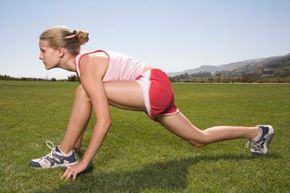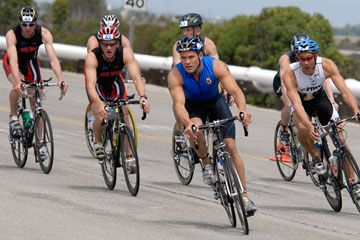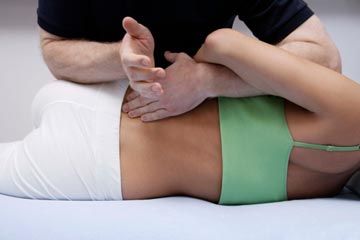If you've ever played sports or participated in a school gym class, then you've probably been told a million times that you have to stretch before (and after) exercising or playing to keep yourself from getting hurt.
The truth is that experts don't exactly agree on whether stretching is good or bad, and that might be hard for anyone who's ever taken part in sports to believe. While it does have benefits, such as loosening and lengthening the muscles and increasing your range of motion, studies haven't shown a conclusive link between stretching and injury prevention. However, there are a few other benefits that can help an athlete reach peak performance. And if it can be helpful for athletes, it's especially key for those embarking on the grueling three-part sport competition that is the triathlon.
Advertisement
Triathlons are made up of three segments completed consecutively: swimming, cycling and running. Some triathlons are short -- lasting less than 2 hours -- but others can last up to 15 hours and cover more than 140 miles (225 kilometers). If you're training for a triathlon, you're training for some serious physical work no matter how much distance it covers. To help prepare your body for the trial ahead and to give yourself every possible chance of success, you might want to consider adding stretching to your regular training program.
So what is it about stretching that benefits aspiring triathletes and seasoned pros alike -- and what makes it worth the extra few minutes it keeps you from doing what you love? In this article, we'll look at some of the ways lengthening those muscles can enhance your performance in a triathlon and some of the areas of the body triathletes should focus on during their pre-workout routine. We'll even explain how it can help you make a comeback after an injury that keeps you out of the competition.
Whether you're looking for ways to train to compete in your first triathlon, or you're simply seeking ideas for improving your performance, read on to find out what stretching can do for you.
Advertisement


